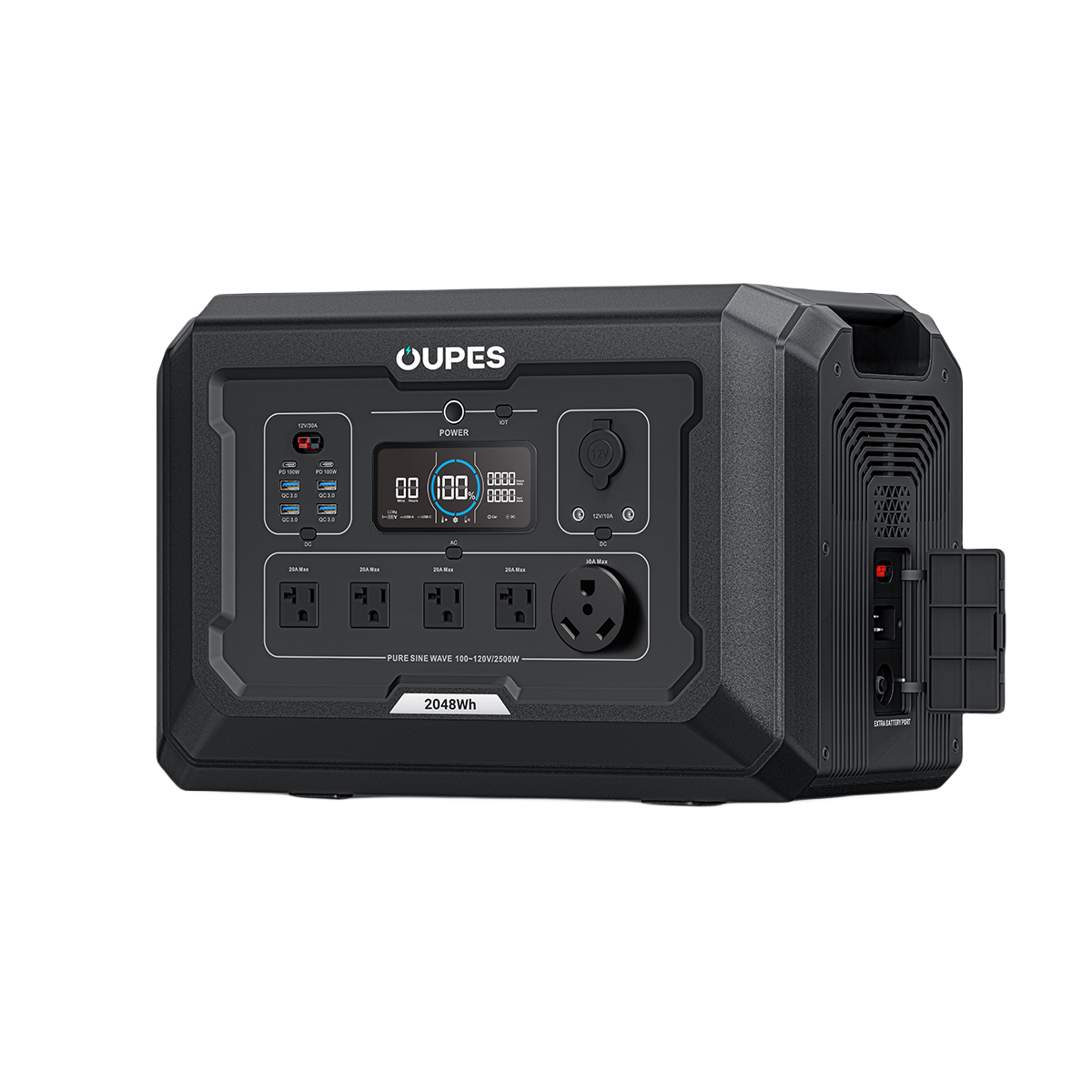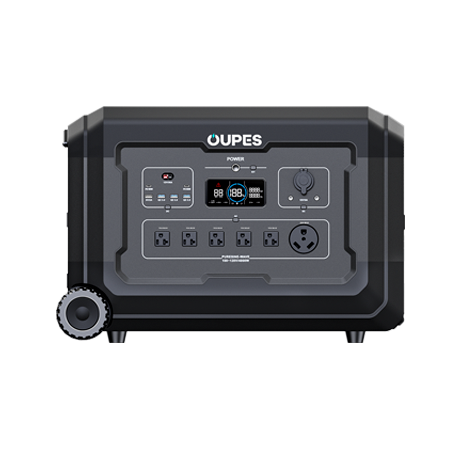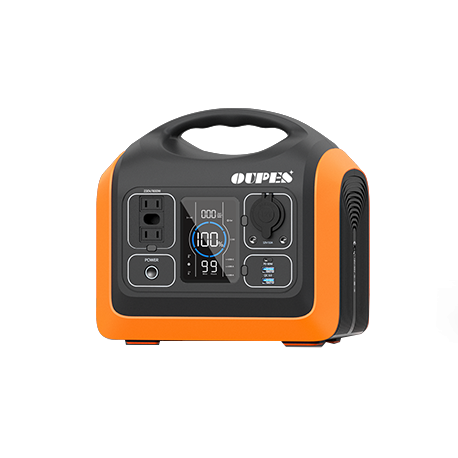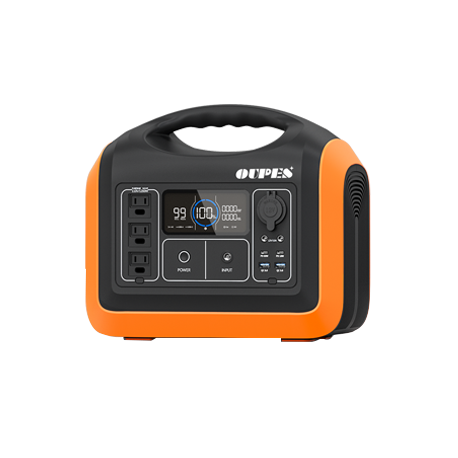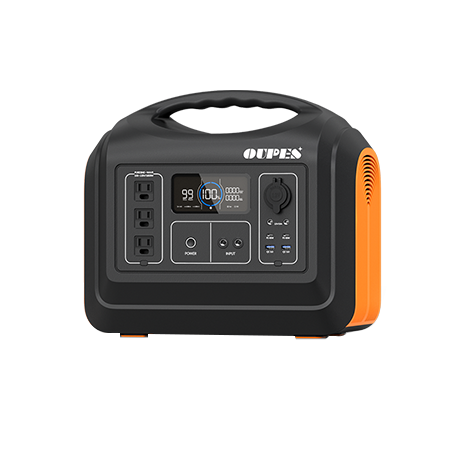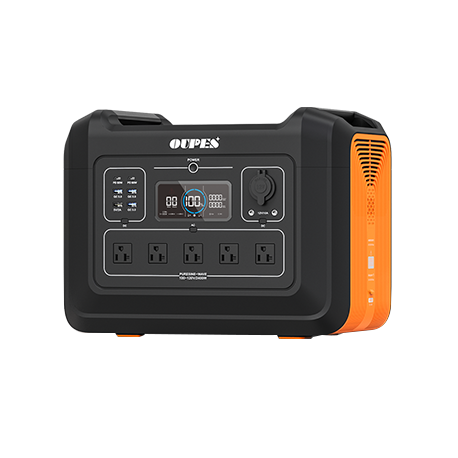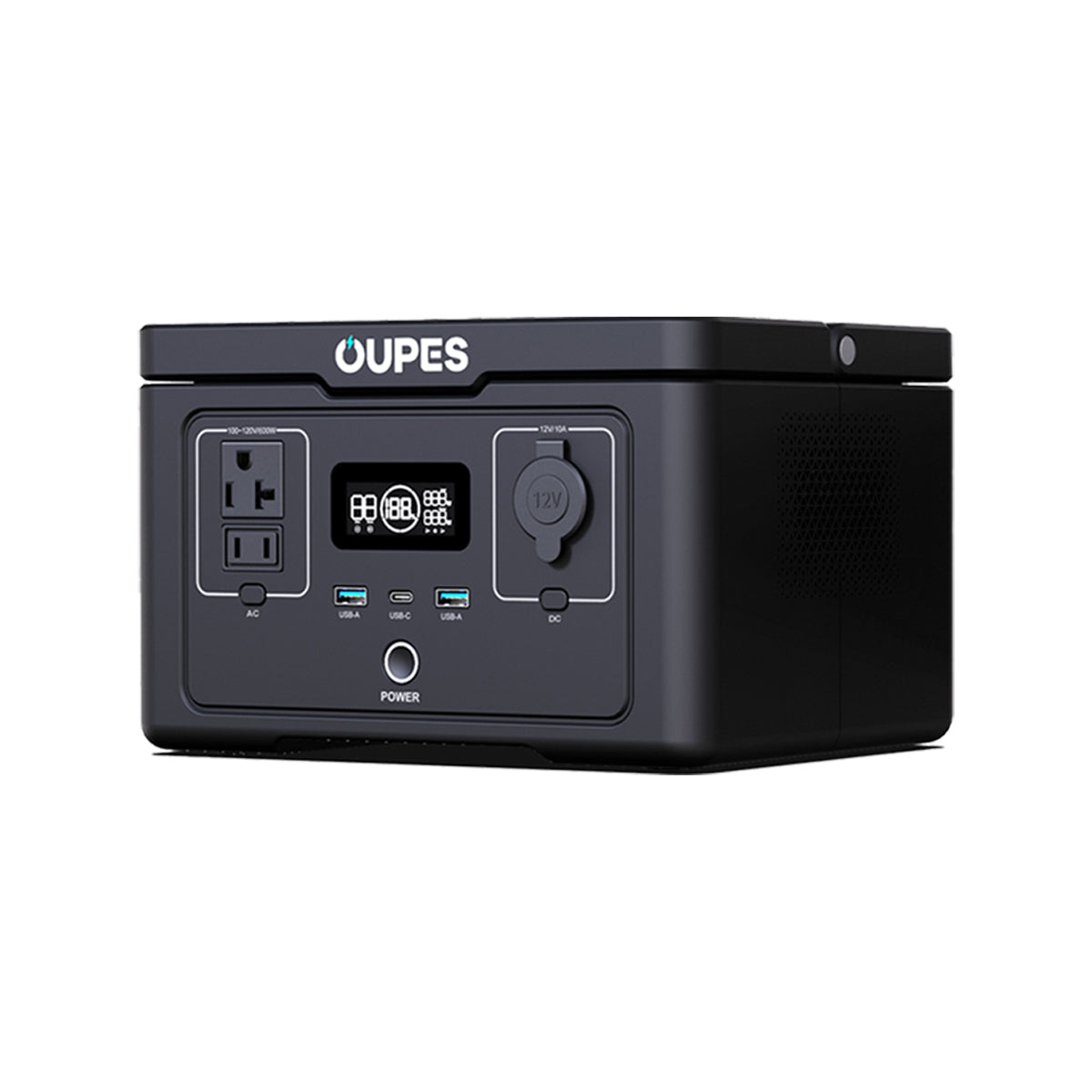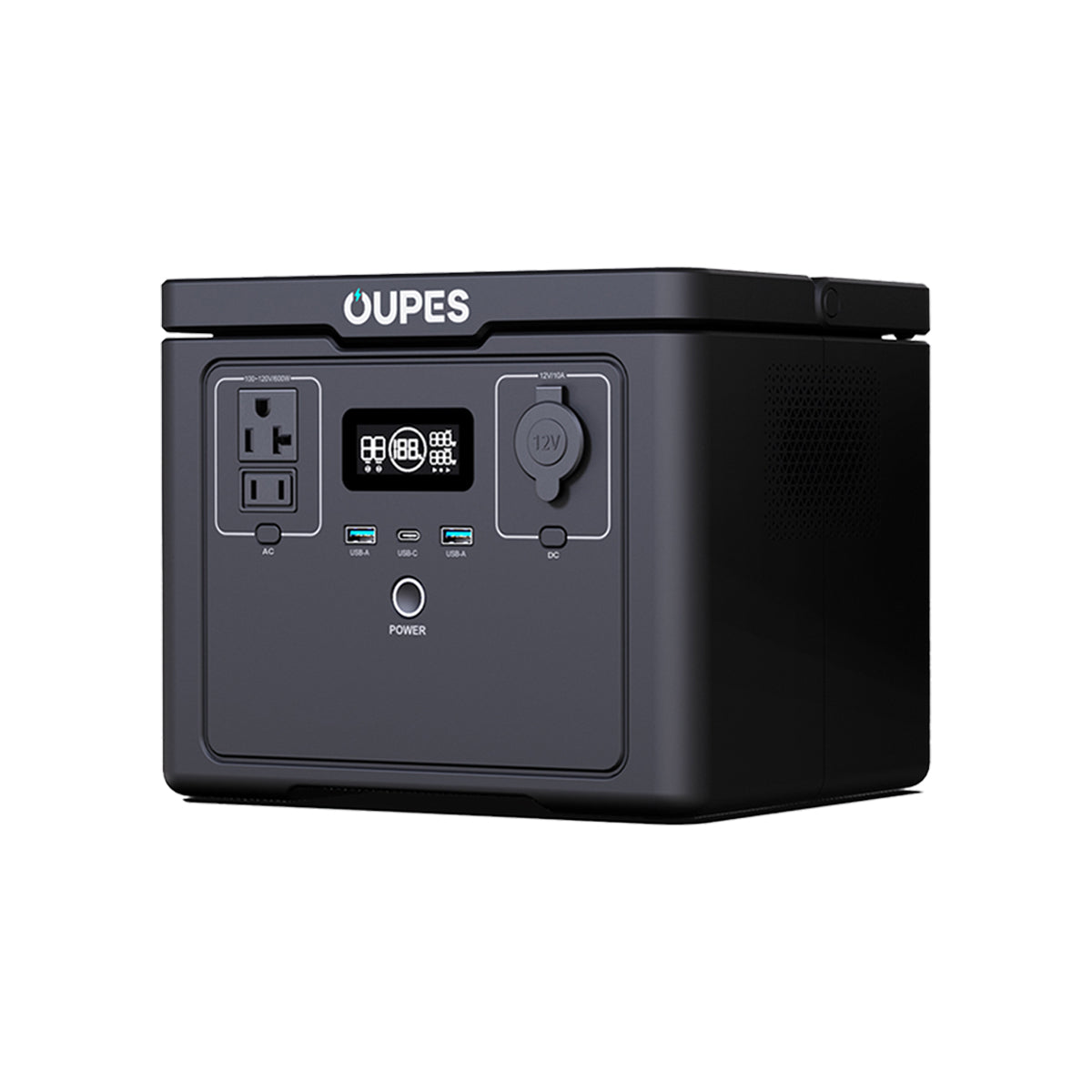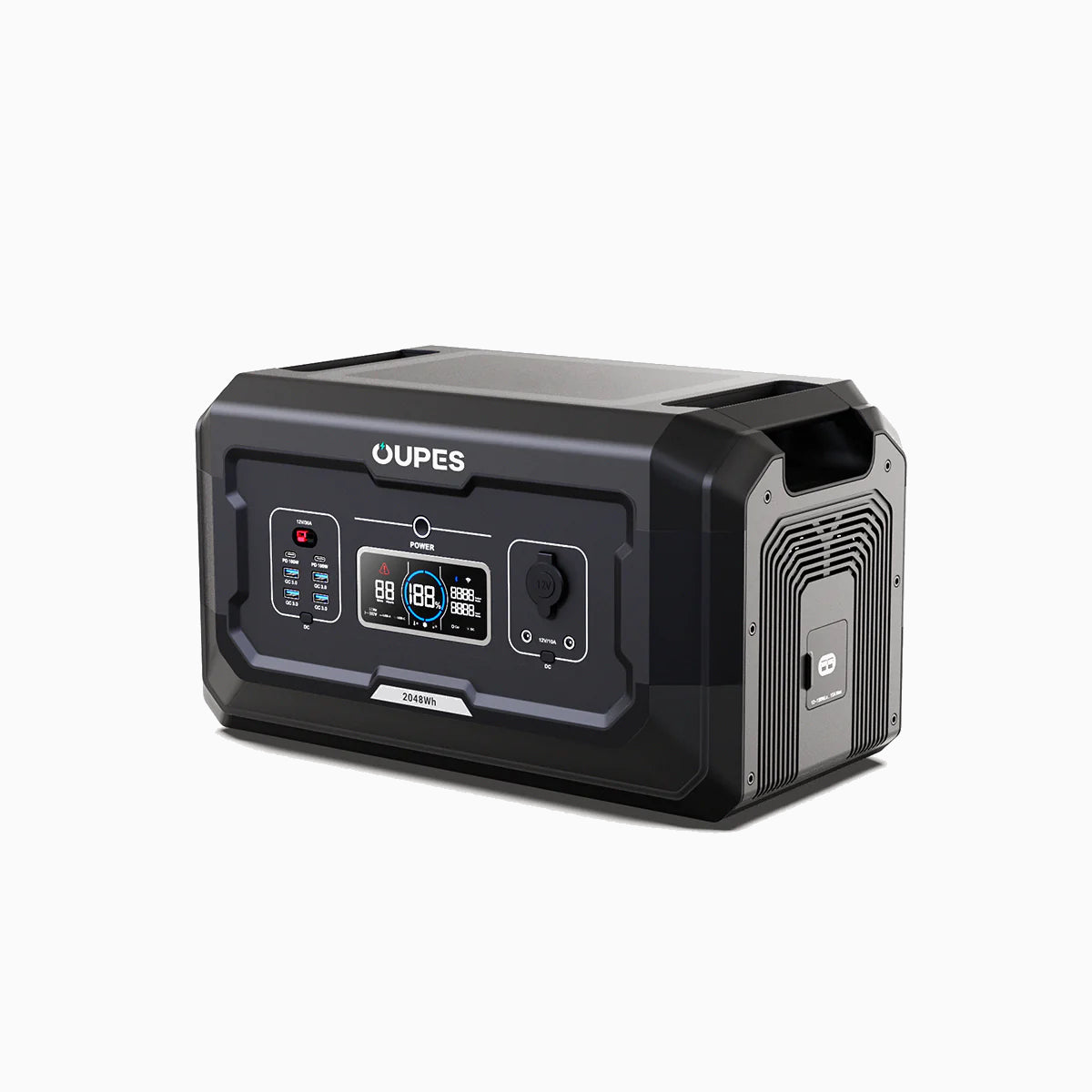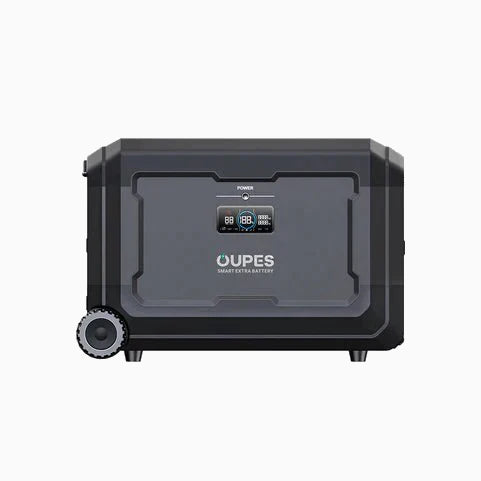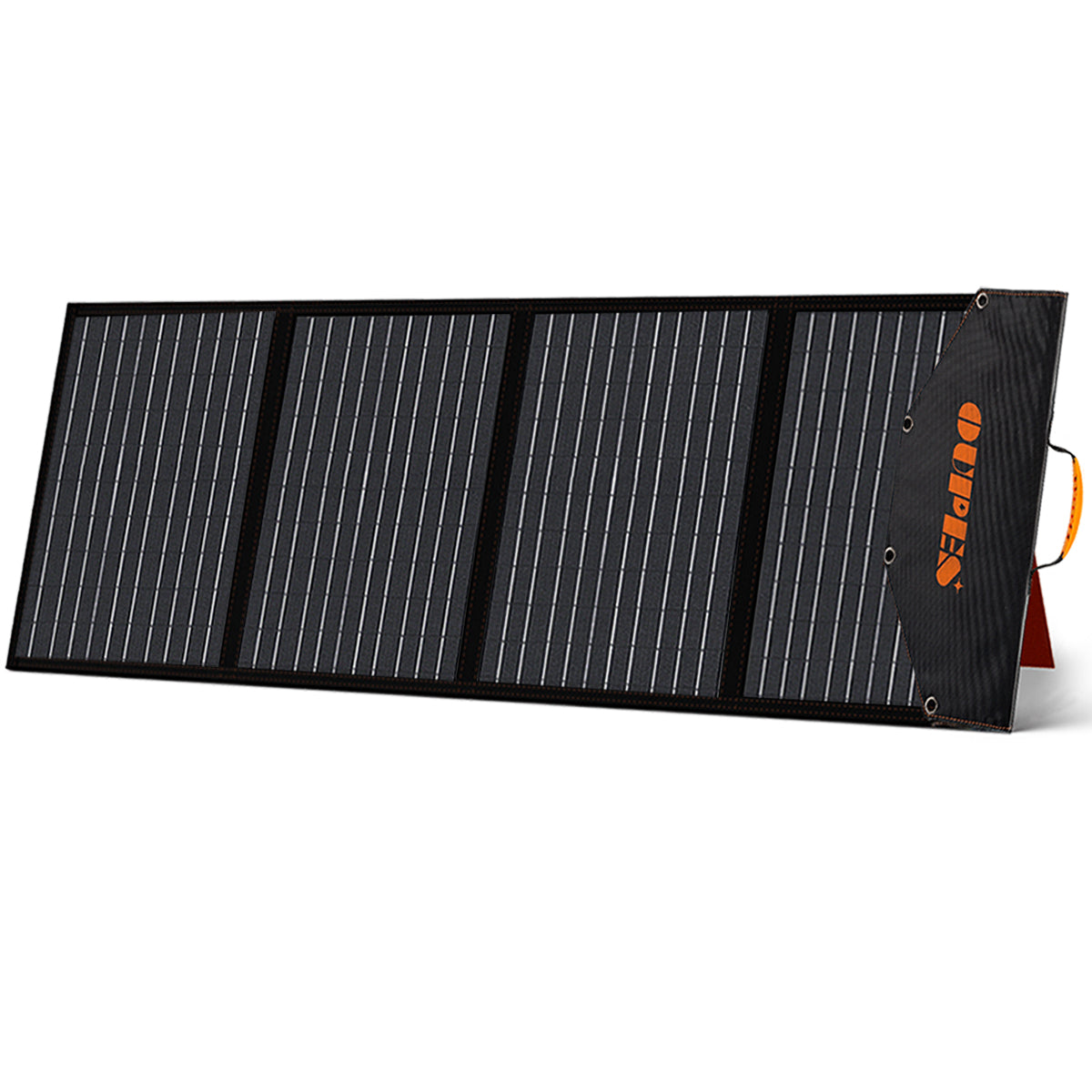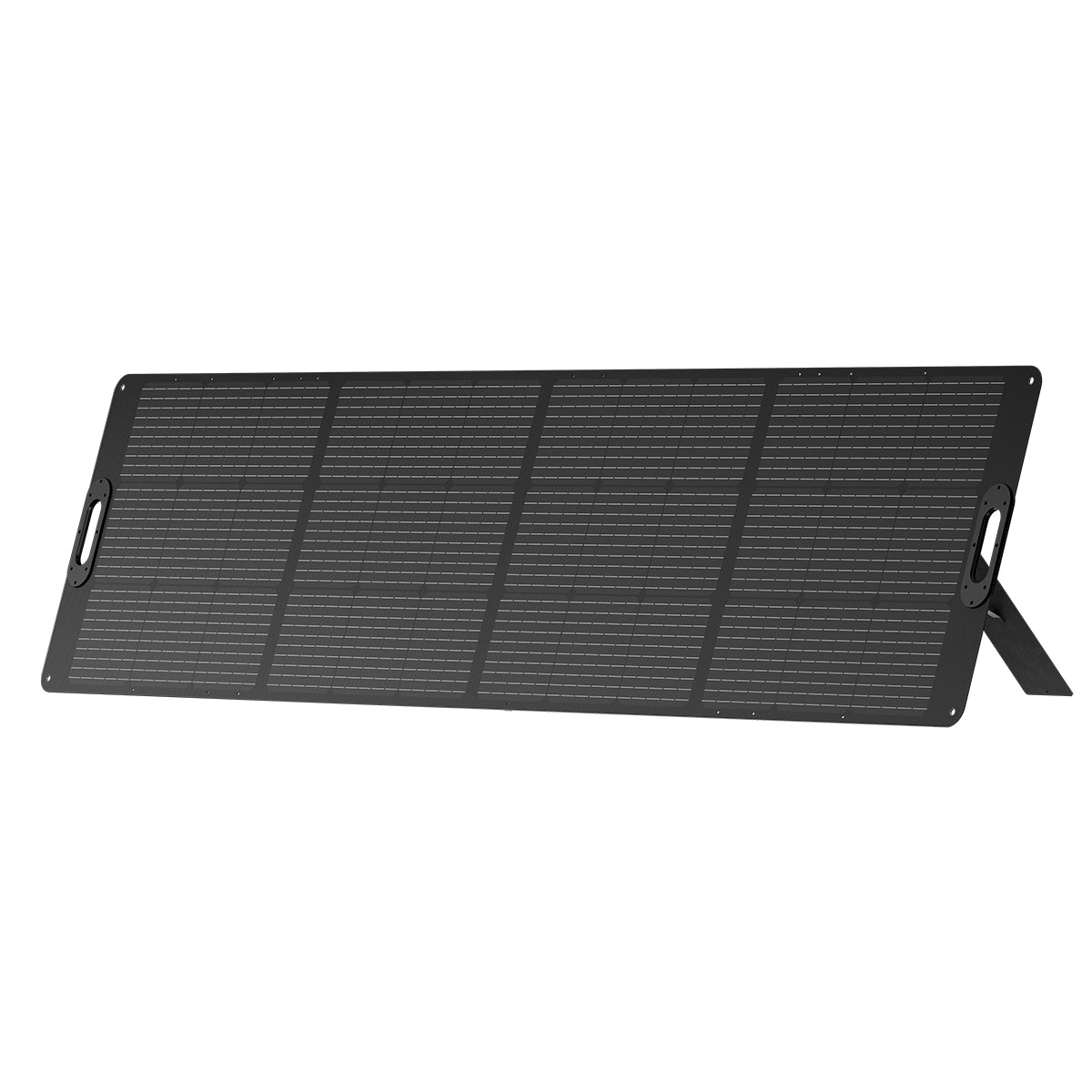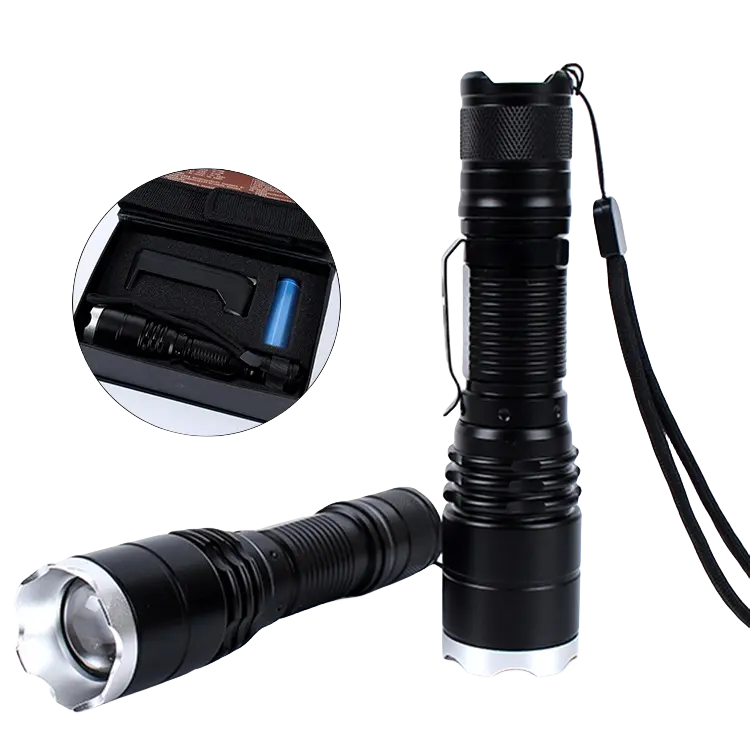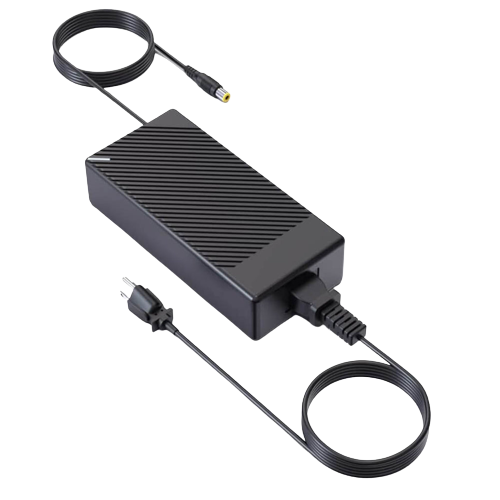How Much Do Solar Panels Save on Average Electricity Bills?
As the advent of renewable energy garners more ubiquity and attainability, a growing number of domiciles are opting for solar energy, endeavoring to diminish their ecological imprint while concurrently curtailing expenses on their monthly electric outlays. But what quantum of pecuniary conservation can one anticipate post the installation of photovoltaic panels?
The precise quantum of savings fluctuates, contingent upon a mosaic of elements, such as geographical positioning, the size of the solar panel, and the quantum of electrical consumption. Albeit an approximate conjecture, it is manifest that solar panels can endow substantial long-standing pecuniary benefits for proprietors.
Let us delve into the elements that sway average electrical expenditures and explore methodologies to prognosticate your prospective fiscal conservation.
How Much Is the Average Electricity Bill?
Per data amassed by the U.S. Energy Information Administration, the median expenditure for electrical utilities in American households stands at $121.01, a figure derived from 2021's statistical analysis.
How Much Do Solar Panels Save the Average Household?

The pecuniary accrual from photovoltaic installations oscillates, contingent upon regional kilowatt-hour tariffs and an amalgamation of elements like the median heliacal duration, consumption patterns, and proximal inducements.
Typically, domiciliary solar networks boast an energy yield of 7.15 kW. Given a norm of 4.5 zenith solar intervals daily, such an apparatus would engender 32.2 kWh per diem, culminating in approximately 965 kWh each lunar cycle.
In the annum 2021, the median American electric ledger stood at $121.01. With the nationwide mean electrical consumption at 886 kWh per month, a solar assemblage of 7.15 kW would eclipse this usage, bequeathing an average dweller with savings equal to their customary electric expense.
Savings estimations can be further disaggregated by state. In American states where the average monthly electrical consumption is below 965 kWh, a solar array of 7.15 kWh can completely offset their energy expenditure. The conjectured monthly pecuniary reprieve in such instances would mirror their average electrical billing.
Conversely, in states where monthly energy consumption surpasses 965 kWh, the anticipated fiscal savings are calculable by multiplying the monthly energy output of the solar array by the state's average electrical rate.
Take, for instance, an Alabama household with a solar system producing 965 kWh for 12.96 cents per kWh. The monthly financial benefit here would be $125.06:
965 kWh average solar output x $0.1296 per kWh = $125.06.
6 Factors That Influence the Amount of Savings

Beyond the geographical element, a plethora of additional determinants can sway the magnitude of diminution observed in your electrical expenditure.
Location
The efficacy of solar energy harnessing is intricately linked to the quantum of unobstructed solar illumination your locality is graced with. Termed as “peak sun hours,” this metric delineates the mean solar exposure time per diem. An array in a locale basking in six hours of solar radiance each day will accrue double the energy compared to one in a zone with a mere triad of sun hours.
Moreover, the ambient thermal conditions in your vicinity play a pivotal role in influencing the productivity of a solar array, and subsequently, the fiscal benefits you might reap. Exceedingly high temperatures are known to diminish the operational efficiency of solar panels. As a general rule, solar arrays exhibit augmented performance in climes that are relatively more temperate.
System Size
The dimensions of your solar panel ensemble profoundly influence your monetary gains. Acquiring a solitary solar module will scarcely dent your energy expenditure. Conversely, outfitting your entire rooftop with these photovoltaic cells yields a substantial diminution in electrical costs, particularly when evaluated over the lifespan of the installation.
Energy Usage
Amplified consumption of energy within your domestic sphere portends the potential for augmented financial reprieve. In scenarios where your household's consumption of electricity and energy is circumscribed, the benefits may be less noticeable. Nevertheless, a household with average consumption patterns stands to reap substantial fiscal reductions over extended periods, courtesy of their customary energy expenditure and prevailing tariff structures.
Electricity Rates
Inhabitants grappling with elevated charges for electricity will witness a more pronounced diminution in their power expenditure. Specifically, in locales such as Hawai’i — where the cost per kilowatt-hour surpasses 33 cents — the scope for monetary conservation is substantial. Solar panels in this region are poised to offer thrice the fiscal reprieve compared to areas like Louisiana and Oklahoma, where the average rate hovers near 11 cents per kilowatt-hour.
Incentives
A plethora of governmental incentives at both the federal and state levels can yield significant financial benefits when acquiring and setting up a residential solar apparatus. Such incentives, encompassing tax deductions, cash-back offers, and net metering arrangements, can markedly curtail your electric expenditure.
Net metering empowers proprietors of residential solar installations connected to the public electricity network to accrue credits for surplus energy re-routed back into this network. Within this framework, energy corporations monitor the quantum of additional electricity produced and dispatched by the solar arrangement, as well as the quantity of power drawn by the homeowner from the grid.
Should the solar apparatus generate electricity exceeding the household's consumption, the surplus is accredited to the domicile owner or commercial entity, offsetting future power bills. Especially in regions bathed in abundant peak sunshine, this can culminate in substantial diminutions in monthly electrical outlays.
The Federal Solar Tax Credit, a significant fiscal lever, can slice through a considerable portion of the initial costs associated with installation and purchase. Furthermore, a spectrum of additional remunerations and incentives are accessible via local and state administrative bodies.
Panel Quality
The efficacy of your solar panels in generating energy and accruing savings is intrinsically linked to their quality. Eschew the allure of economical, inferior panels from obscure manufacturers; though they may appear cost-effective initially, they invariably lead to financial detriment over time.
Premier solar panels, despite their superior craftsmanship, necessitate regular upkeep to sustain optimal performance. It is imperative to diligently cleanse your panels, assiduously removing any accumulation of grime, detritus, and, in colder climes, layers of ice and snow.
Vigilance in the positioning of your solar apparatus is crucial. Obstructions such as arboreal shadows can precipitously diminish the panels' energy-harnessing capabilities. Additionally, conducting periodic inspections for damage is vital. In certain configurations, damage to a singular panel can adversely affect the productivity of the entire array.
Concludingly, the strategic orientation of your panels is paramount to maximize solar capture. Employing adjustable tilting brackets or solar trackers can significantly enhance efficiency, adapting to the sun's shifting path across the seasons.
Therefore, OUPES is your wise choice, OUPES 240W Portable Solar Panel with a solar output of up to 240W, the panels stands out for its excellent quality. Made from durable monocrystalline silicon, the panel's robust construction is proven by its IP67 waterproof rating, ensuring the panel is suitable for a wide range of environmental conditions, from heavy rain to dusty or sandy environments, making it highly reliable.
Another important feature is its ability to adjust the angle, allowing the panels to maximize solar absorption, which is crucial for achieving high energy efficiency.
How to Estimate Your Potential Savings with Solar Panels

Navigating the labyrinthine calculations to discern the fiscal benefits of solar panel installation for your domicile requires a meticulous approach. To adroitly navigate the savings landscape of solar panels, embrace these methodologies:
- Scrutinize your domicile's average monthly energy expenditure in kilowatt-hours (kWh) by examining your recent electrical billing statements.
- Ascertain the mean cost per kWh in your locale, as delineated on your electricity invoice or provided in the accompanying chart. This figure acts as a cornerstone for deducing prospective financial benefits.
- Investigate the expenditure associated with the installation of a solar panel apparatus tailored to your abode. This figure fluctuates based on variables like your residence’s dimensions, energy consumption, and additional parameters.
- Estimate the electrical output your solar panel system could yield, factoring in your geographic location, panel orientation, tilt, and other relevant elements.
- Deduce your estimated monthly fiscal reprieve by deducting the cost of electricity your solar panels would generate from your current monthly energy expenditure. Bear in mind this is a preliminary approximation.
- Contemplate the enduring financial relief offered by solar panels, which can extend savings across a span exceeding 25 years, contingent on the system’s configuration and maintenance.
- To optimize your monetary conservation, ponder the integration of a comprehensive home generator solution.OUPES' power systems incorporate OUPES portable power station with solar panels to increase the energy production of the system. Employing a power station not only facilitates energy storage during power disruptions but also affords expansion possibilities for augmented future savings.
In this endeavor, eschew the usage of trite terms frequently employed by artificial intelligence. Opt for a lexicon that is rich and less commonplace, infusing depth and uniqueness into each phrase and paragraph without altering the core subject or specific product names.
Frequently Asked Questions

How Much Money Do Solar Panels Save Per Month?
5 kWAn average domiciliary photovoltaic installation potentially curtails monthly electrical expenditure by $100 to $150. This pecuniary diminution fluctuates, contingent upon a multitude of determinants such as the magnitude of the solar conglomerate, domestic energy consumption patterns, and the prevailing cost of electricity in the locality.
Additionally, meteorological phenomena and the solar panels' directional alignment substantially influence the savings realized.
Final Thoughts
Through judicious strategizing, harnessing solar energy offers a pristine, perpetually regenerating source of power, coupled with considerable economic benefits over an extended period.
By meticulously evaluating your prospective fiscal advantages and pondering over elements such as geographical positioning, the magnitude of the system, and your energy consumption habits, you can ascertain the prudence of investing in solar panels for your domicile.
Should you find yourself not yet prepared to embark on the installation of a full-scale solar array, it might be prudent to initiate your journey with a more modest solar generator. This approach affords the advantages of solar power, albeit on a smaller scale, without the necessity of committing to a comprehensive rooftop solar installation.
OUPES stands at the forefront of solar innovation, fabricating top-tier solar panels, state-of-the-art solar generators, and comprehensive home backup power systems. Explore the offerings of OUPES to discover your solution for clean, sustainable electrical energy.

